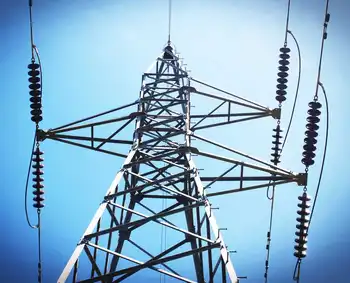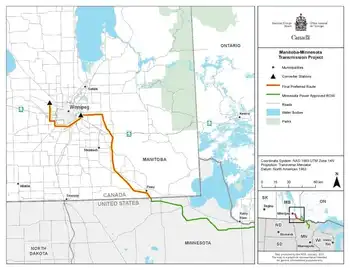California avoids widespread rolling blackouts as heat strains power grid

Substation Relay Protection Training
Our customized live online or in‑person group training can be delivered to your staff at your location.

- Live Online
- 12 hours Instructor-led
- Group Training Available
California Heat Wave Grid Emergency sees CAISO issue Stage 3 alerts as record demand, extreme heat, and climate change strain renewable energy; conservation efforts avert rolling blackouts and protect grid reliability statewide.
Key Points
A grid emergency in California's heat wave, with CAISO Stage 3 alerts amid record demand and risk of rolling blackouts.
✅ CAISO triggered Stage 3 alerts, then downgraded by 8 pm PT
✅ Record 52,061 MW demand; conservation reduced grid stress
✅ Extreme heat and climate change heightened outage risks
California has avoided ordering rolling blackouts after electricity demand reached a record-high Tuesday night from excessive heat across the state, even as energy experts warn the U.S. grid faces mounting climate stresses.
The California Independent System Operator, which oversees the state’s electrical grid, imposed its highest level energy emergency on Tuesday, a step that comes before ordering rolling blackouts and allows the state to access emergency power sources.
The Office of Emergency Services also sent a text alert to residents requesting them to conserve power. The operator downgraded the Stage 3 alert around 8:00 p.m. PT on Tuesday and said that “consumer conservation played a big part in protecting electric grid reliability,” and in bolstering grid resilience overall.
The state capital of Sacramento reached 116 degrees Fahrenheit on Tuesday, according to the National Weather Service, surpassing a record that was set almost 100 years ago. And nearly a half-dozen cities in the San Francisco Bay Area tied or set all-time highs, the agency said.
CAISO said peak power demand on Tuesday reached 52,061 megawatts, surpassing a previous high of 50,270 megawatts on July 24, 2006, while nearby B.C. electricity demand has also hit records during extreme weather.
While the operator did not order rolling blackouts, three Northern California cities saw brief power outages, and severe storms have caused similar disruptions statewide in recent months. As of 7:00 am PT on Wednesday, nearly 8,000 customers in California were without power, according to PowerOutage.us.
Gov. Gavin Newsom, in a Twitter video on Tuesday, warned the temperatures across California were unprecedented and the state is headed into the worst part of the heat wave, which is on track to be the hottest and longest on record for September.
“The risk for outages is real and it’s immediate,” Newsom said. “These triple-digit temperatures throughout much of the state are leading, not surprisingly, to record demand on the energy grid.”
The governor urged residents to pre-cool their homes earlier in the day when more power is available and turn thermostats to 78 degrees or higher after 4:00 pm PT. “Everyone has to do their part to help step up for just a few more days,” Newsom said.
The possibility for widespread outages reflects how power grids in California and other states are becoming more vulnerable to climate-related disasters such as heat waves, storms and wildfires across California.
California, which has set a goal to transition to 100% carbon-free electricity by 2045, has shuttered a slew of gas power plants in the past few years, leaving the state increasingly dependent on solar energy.
At times, the state has produced a clean energy surplus during peak solar generation, underscoring the challenges of balancing supply and demand.
The megadrought in the American West has generated the driest two decades in the region in at least 1,200 years, and human-caused climate change has fueled the problem, scientists said earlier this year. Conditions will likely continue through 2022 and persist for years.











